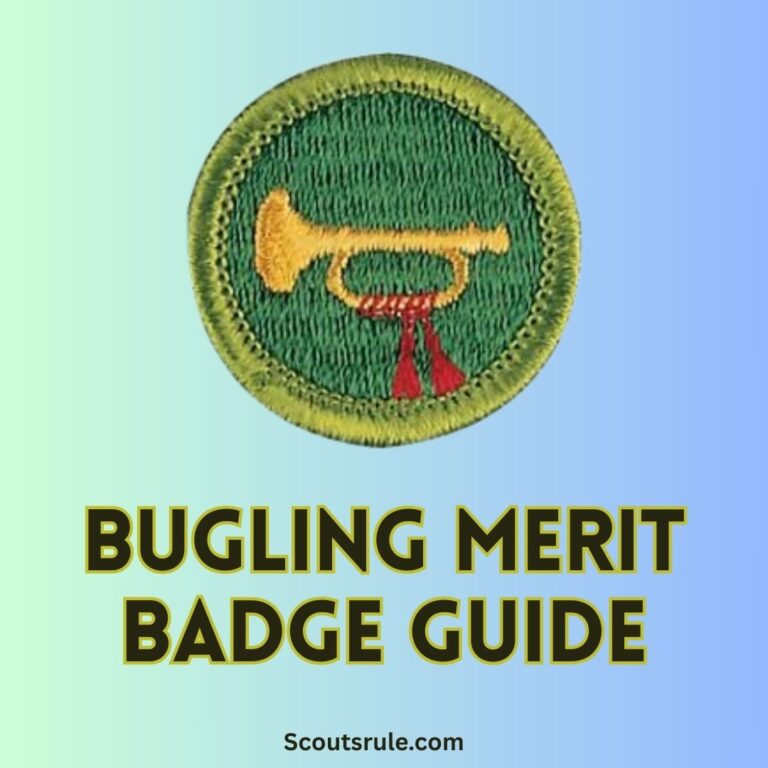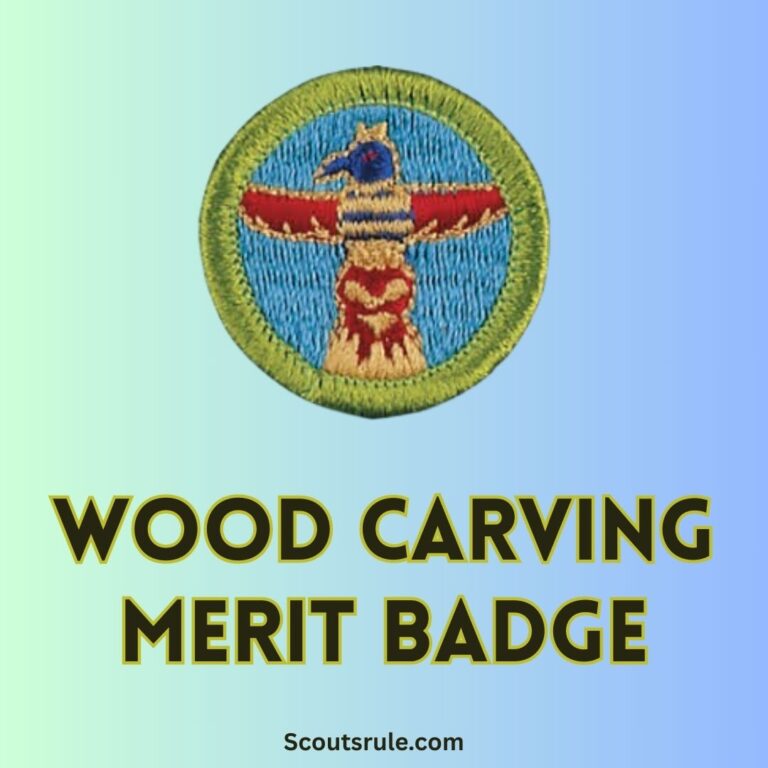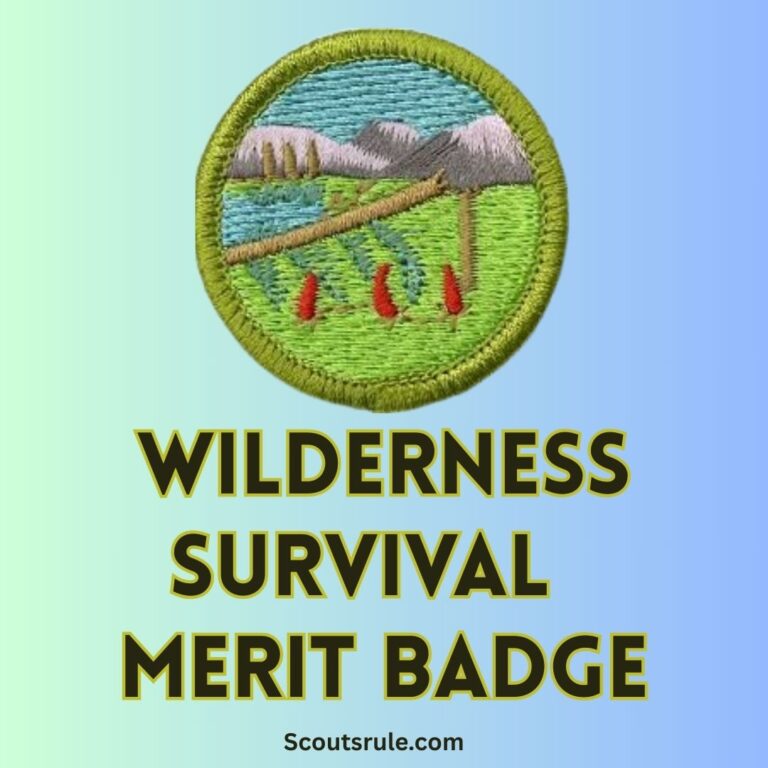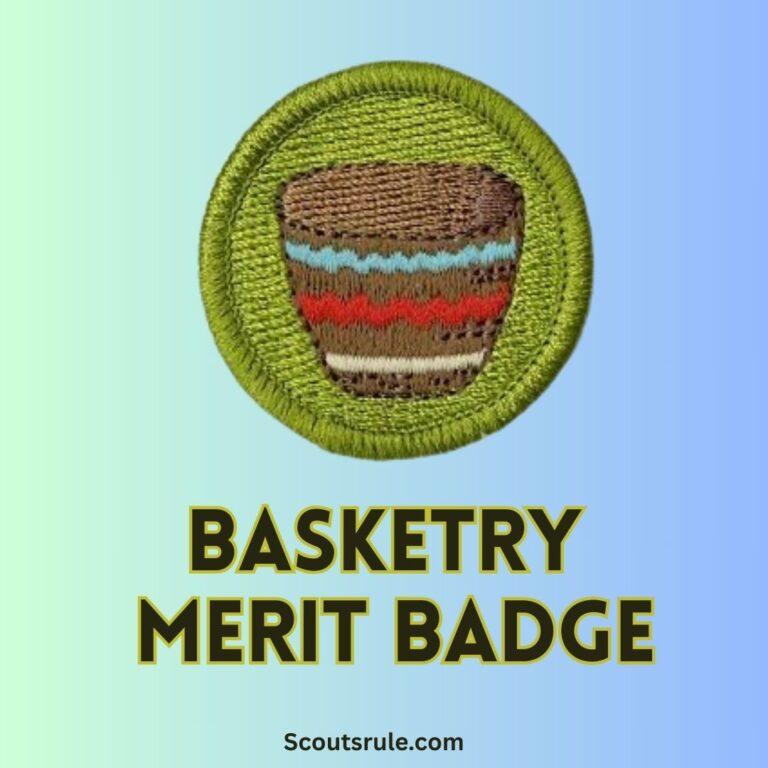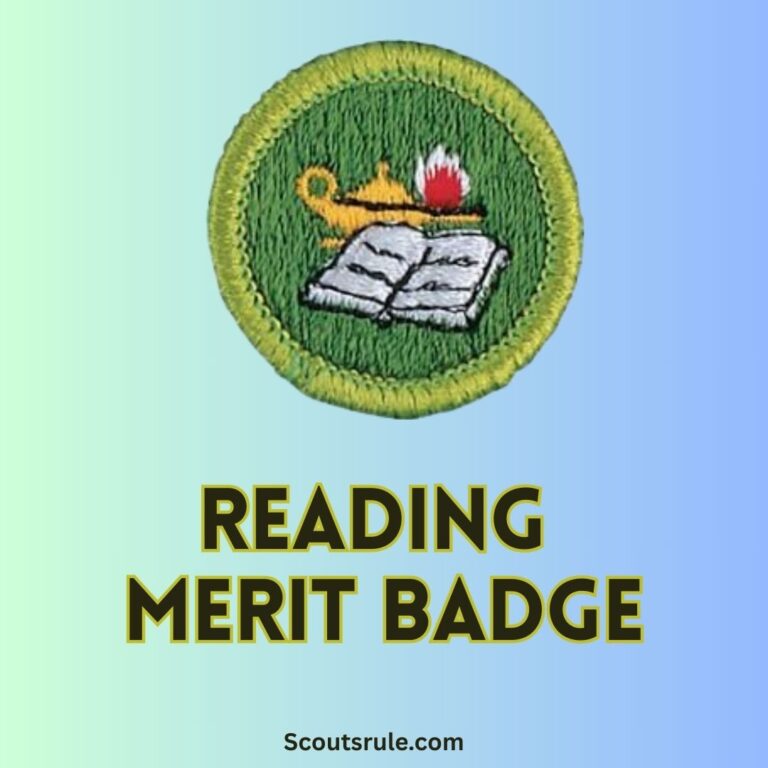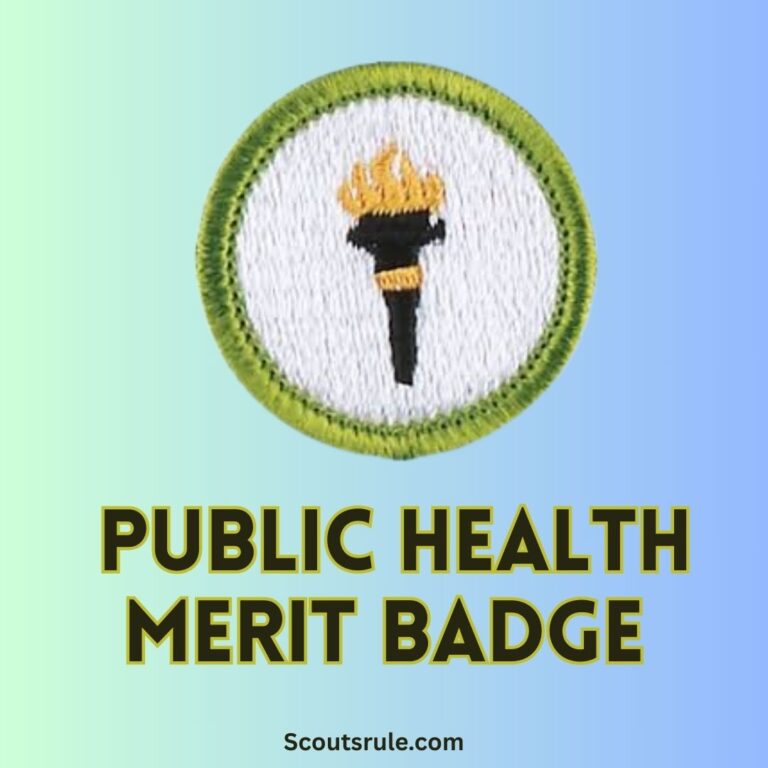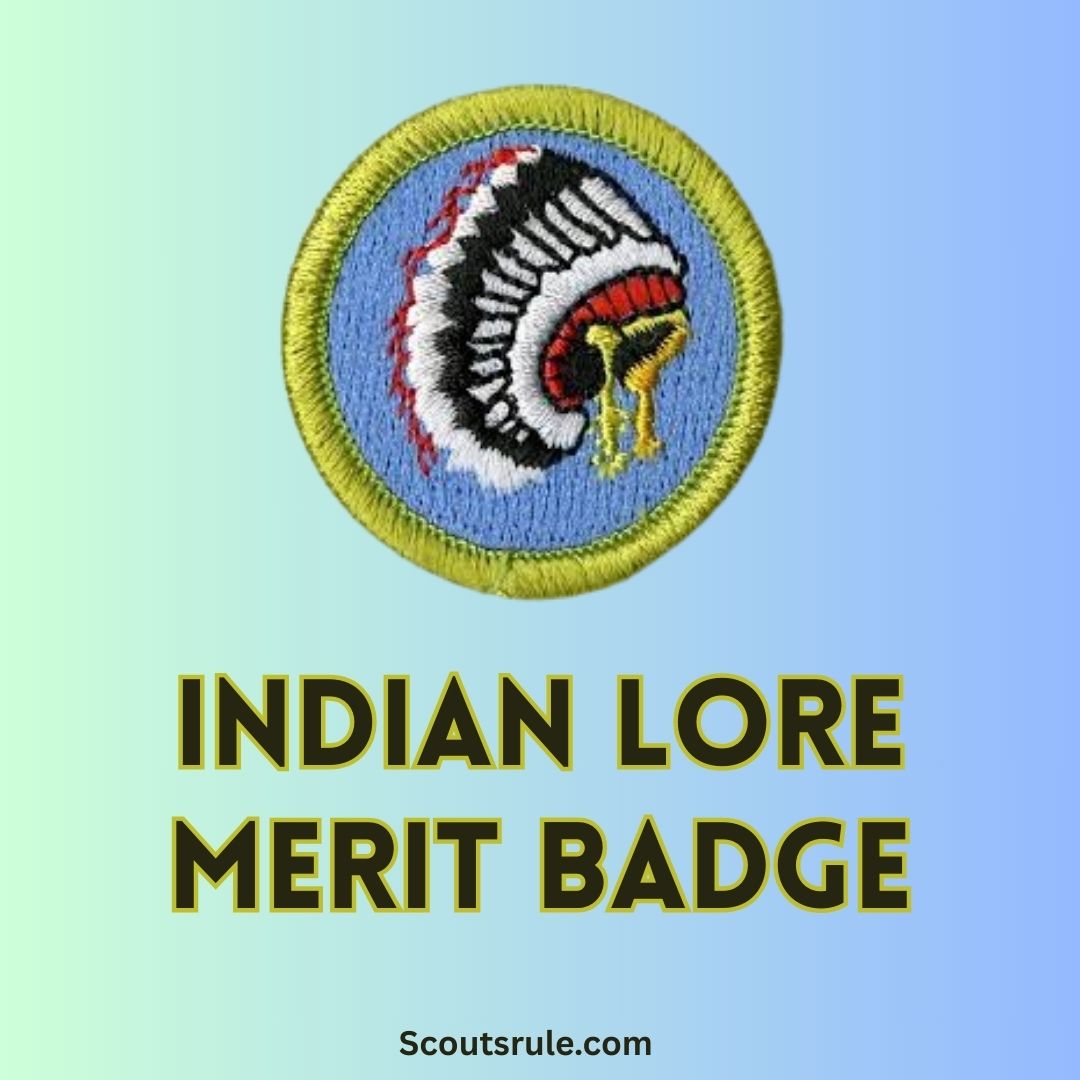
The Indian Lore Merit Badge offers Scouts an incredible opportunity to step into the rich, diverse, and fascinating world of Native American cultures. By earning this badge, Scouts not only develop a greater understanding of Native American traditions but also gain an appreciation for the contributions these cultures have made to modern society. Whether it’s learning traditional skills, creating crafts, or studying histories, the journey is both educational and inspiring.
In this guide, we’ll take an in-depth look at the Indian Lore Merit Badge, including its requirements, the skills Scouts develop, and tips for success. Let’s begin!
Post Contents
- Understanding the Indian Lore Merit Badge
- Indian Lore Merit Badge Requirements
- Exploring Native American Cultural Areas
- Hands-On Learning: Crafts and Skills
- Storytelling: Preserving History and Wisdom
- Games and Activities: Fun and Tradition
- Exploring Native American Contributions to Modern Society
- Tips for Earning the Indian Lore Merit Badge
- Indian Lore Merit Badge Guide: A Deep Dive into Native American Heritage
- What Are the Indian Lore Merit Badge Requirements?
- The 10 American Indian Cultural Areas
- Exploring the Cherokee Nation
- Exploring Language, Place Names, and Leaders
- How Life Might Have Been Different for European Settlers Without Native Americans
- Eight Things Adopted by Others from American Indians
- Learn a Game Played by a Group or Tribe and Teach It to a Scout Group
- Visit a Museum and Explore American Indian Exhibitions
- Final Thoughts
Understanding the Indian Lore Merit Badge
The Indian Lore Merit Badge focuses on exploring the customs, traditions, and histories of Native American tribes. It encourages Scouts to develop respect and admiration for the ingenuity and resilience of these communities. The badge highlights several key areas:
- Cultural Areas: Understanding the diverse cultural areas of Native American tribes.
- Craftsmanship: Creating or studying traditional crafts and items.
- Storytelling and Language: Learning songs, stories, or a Native language.
- Games and Traditions: Participating in traditional games or activities.
- Historical and Modern Impact: Exploring how Native American contributions have shaped modern society.
Through these experiences, Scouts gain a deeper appreciation for the heritage and enduring legacy of Native American peoples.
Indian Lore Merit Badge Requirements
To earn the badge, Scouts must complete a series of engaging and hands-on activities. Below are the typical requirements, which may vary slightly depending on updates:
- Learn About Cultural Areas:
- Identify at least two Native American cultural areas.
- Describe the main differences between these areas, including climate, food, housing, and traditions.
- Tribal Focus:
- Choose one tribe and study its history, government, beliefs, and cultural practices.
- Describe the tribe’s impact on its environment and neighboring communities.
- Crafts and Artistry:
- Make an item used by a Native American tribe, such as clothing, a model dwelling, or a piece of jewelry.
- Alternatively, decorate an item in a traditional style, using authentic materials.
- Games and Recreation:
- Participate in at least one traditional Native American game, such as chunkey or stickball.
- Learn and practice skills like archery, hunting techniques, or cooking methods.
- Songs and Stories:
- Sing a traditional Native American song or tell a story passed down through generations.
- Alternatively, study and present a Native language phrase or chant.
- Modern Contributions:
- Explore how Native American innovations, such as agriculture, medicine, or architecture, influence modern life.
- Attend a Native American event or visit a cultural center to learn about contemporary traditions.
Each requirement is designed to immerse Scouts in the beauty and complexity of Native American cultures, offering valuable learning opportunities along the way.
Exploring Native American Cultural Areas
One of the foundational aspects of earning the Indian Lore Merit Badge is studying the diverse cultural areas of Native American tribes. These areas reflect the unique adaptations of tribes to their environments and include:
- Northeast Woodlands: Known for their longhouses and wigwams, tribes like the Iroquois and Algonquin relied on forest resources for food, shelter, and tools.
- Plains: The Sioux and Cheyenne tribes are often associated with this area, characterized by their nomadic lifestyles and dependence on bison.
- Southwest: Tribes like the Hopi and Navajo built adobe structures and developed intricate irrigation systems to thrive in arid landscapes.
- Pacific Northwest: The Tlingit and Haida tribes are renowned for their totem poles, cedar longhouses, and rich marine diets.
- Southeast: Known for mound-building, tribes like the Cherokee and Creek developed complex societies with advanced agricultural practices.
By comparing and contrasting these areas, Scouts gain insights into the resourcefulness and creativity of Native American tribes in adapting to their environments.
Hands-On Learning: Crafts and Skills
The Indian Lore Merit Badge emphasizes hands-on activities to connect Scouts with Native American traditions. Creating crafts or learning skills is a rewarding way to engage with the past. Here are some ideas:
- Clothing: Scouts can create replicas of traditional garments, such as buckskin shirts or moccasins, using authentic designs and materials.
- Dwellings: Building models of tipis, longhouses, or pueblo homes offers insight into the ingenuity of tribal architecture.
- Beadwork: Crafting jewelry or decorative items using beads and patterns inspired by specific tribes is a popular activity.
- Hunting Tools: Making arrows, atlatls, or fishing equipment teaches Scouts about survival skills and resourcefulness.
These activities not only develop creativity but also foster an appreciation for the craftsmanship and ingenuity of Native Americans.
Storytelling: Preserving History and Wisdom
Storytelling is a vital part of Native American cultures, used to pass down knowledge, values, and history. Scouts earning the Indian Lore Merit Badge may explore traditional stories that reveal the beliefs and lessons of tribes.
- Coyote and Raven Tales: Many tribes tell stories about these trickster figures, whose antics often teach valuable lessons.
- Creation Myths: Exploring origin stories helps Scouts understand the spiritual beliefs and worldviews of different tribes.
- Legends and Heroes: Learning about legendary figures, like Pocahontas or Sitting Bull, highlights the courage and wisdom of Native American leaders.
Scouts can share these stories at gatherings, creating a connection between past and present.
Games and Activities: Fun and Tradition
Traditional games and activities offer a playful yet meaningful way to experience Native American culture. Some popular games include:
- Chunkey: A stone disc rolling game that required strategy and skill.
- Stickball: A precursor to modern lacrosse, played with sticks and a small ball.
- Archery and Hunting Skills: Learning these techniques provides insight into survival and resourcefulness.
Participating in these activities is both educational and fun, offering Scouts a chance to connect with traditions in an interactive way.
Exploring Native American Contributions to Modern Society
Native American cultures have made significant contributions to modern life. Scouts earning the Indian Lore Merit Badge are encouraged to explore these influences, which include:
- Agriculture: Crops like maize, beans, and squash, known as the “Three Sisters,” were staples of Native American diets and revolutionized global agriculture.
- Medicine: Herbal remedies and healing practices continue to inspire modern medicine.
- Architecture: Techniques like adobe construction and earthen mounds showcase Native American ingenuity.
- Art and Literature: Native American stories, designs, and motifs have enriched art and literature worldwide.
Understanding these contributions fosters a greater appreciation for the enduring legacy of Native American cultures.
Tips for Earning the Indian Lore Merit Badge
Earning the Indian Lore Merit Badge can be a deeply rewarding experience. Here are some tips to help Scouts succeed:
- Research Thoroughly: Use library resources, museum exhibits, and online guides to study Native American cultures and histories.
- Connect Locally: Attend events, visit cultural centers, or speak with Native American community members to gain firsthand insights.
- Be Creative: Approach crafts and activities with enthusiasm and originality. Authenticity matters, but so does personal expression.
- Reflect and Share: Discuss what you’ve learned with others, whether through presentations, written reflections, or performances.
Building upon the points you’ve provided, I’ll expand the article to include these fascinating and informative aspects.
Indian Lore Merit Badge Guide: A Deep Dive into Native American Heritage
The Indian Lore Merit Badge is more than just an achievement; it’s a journey into the vibrant world of Native American cultures. Scouts explore the traditions, innovations, and enduring legacy of Native American tribes while gaining skills and insights that connect them with history. This guide elaborates on the badge’s requirements and the wealth of learning opportunities it provides.
What Are the Indian Lore Merit Badge Requirements?
To earn the Indian Lore Merit Badge, Scouts must:
- Learn About American Indian Cultural Areas: Identify two cultural areas, study their differences, and understand how tribes adapted to their environments.
- Study a Specific Tribe: Dive into the history, government, beliefs, and contributions of a chosen tribe.
- Create a Traditional Item: Craft or decorate a Native American object, such as clothing, jewelry, or a model dwelling.
- Participate in Activities: Experience traditional games, cooking methods, or other cultural practices.
- Engage with Language and Stories: Learn songs, share traditional stories, or study an American Indian language.
- Explore Modern Impacts: Study Native American contributions to society and attend a cultural event or exhibit.
These requirements encourage Scouts to engage deeply with history while fostering appreciation and respect.
The 10 American Indian Cultural Areas
Native American tribes were incredibly resourceful, adapting to the diverse environments of North America. These areas highlight their ingenuity:
- The Arctic: Tribes like the Inuit and Aleut relied on fishing, hunting sea mammals, and using igloos as shelter.
- The Subarctic: Dense forests and harsh climates shaped the lives of the Cree and Athabaskan peoples, known for their snowshoes and birchbark canoes.
- The Northwest Coast: Tlingit and Haida tribes thrived on a marine diet, famous for their totem poles and ceremonial masks.
- California: The Yokuts and Miwok utilized acorns as a staple food and crafted beautiful basketry.
- The Great Basin: Shoshone and Paiute tribes were nomadic, relying on small game, wild seeds, and desert-adapted tools.
- The Plateau: Salish-speaking tribes fished salmon, built tule mat lodges, and created intricate beadwork.
- The Southwest: Hopi, Navajo, and Pueblo tribes were known for adobe homes, intricate pottery, and advanced irrigation systems.
- The Plains: The Sioux, Crow, and Cheyenne tribes hunted bison and lived in portable tipis.
- The Southeast: Cherokee and Seminole tribes practiced mound-building and cultivated the “Three Sisters” crops.
- The Northeast (Eastern Woodlands): Iroquois and Algonquin tribes lived in longhouses and relied on abundant forest resources.
Understanding these areas offers Scouts a glimpse into how diverse landscapes influenced Native American cultures.
Exploring the Cherokee Nation
The Cherokee Nation exemplifies the ingenuity and resilience of Native American tribes. Scouts can learn about:
- Traditional Dwellings: Wattle-and-daub homes provided comfort in various seasons.
- Way of Life: Agriculture and hunting were central to Cherokee sustenance.
- Tribal Government: Their sophisticated governance included a council and clan-based structure.
- Religious Beliefs: Spiritual practices honored nature and emphasized harmony.
- Family and Clan Relationships: The matrilineal system shaped social structures.
- Language: The Cherokee syllabary, created by Sequoyah, preserved their language.
- Clothing Styles: Deerskin clothing was both practical and decorative.
- Arts and Crafts: Basket weaving and beadwork showcased Cherokee artistry.
- Food Cultivation and Preparation: Corn, beans, and squash were staples.
- Means of Getting Around: Dugout canoes were common for transportation.
- Games: Stickball, a precursor to lacrosse, was a popular sport.
- Customs in Warfare: Cherokee warriors were known for their courage and strategy.
- Where and How They Live Today: Modern Cherokee communities balance tradition with contemporary life.
Exploring these aspects provides rich insights into Cherokee culture.
Exploring Language, Place Names, and Leaders
Language and leadership are integral to understanding Native American influence:
- Learn 10 Common Terms in an American Indian Language: For example, the Cherokee word “Osiyo” means “hello.”
- Identify 10 Place Names of American Indian Origin: Examples include Milwaukee (“Good Land”) and Dakota (“Friend”).
- Name Five Well-Known American Indian Leaders: Figures like Sitting Bull, Pocahontas, Sequoyah, Chief Joseph, and Tecumseh are celebrated for their contributions.
How Life Might Have Been Different for European Settlers Without Native Americans
Native Americans profoundly influenced European settlers, shaping:
- Survival and Adaptation: Shared knowledge of edible plants and shelter construction.
- Geographical Navigation and Resource Use: Guidance in traversing new lands.
- Agricultural and Livestock Techniques: Introduction to sustainable farming practices.
- Conflict and Unity: Political alliances and conflicts shaped colonial history.
- Cultural Influences: Native practices influenced art, dress, and celebrations.
- Technological Innovation: Tools and techniques, such as canoes and snowshoes, revolutionized travel.
- Economic Development: Trade networks boosted economies.
- Social and Political Structures: Democratic ideals in tribal governance inspired early American democracy.
Eight Things Adopted by Others from American Indians
Native American ingenuity has shaped global practices. Key contributions include:
- Agriculture and Crop Cultivation: Corn, potatoes, and tomatoes transformed global diets.
- Animal Husbandry and Domestication: Techniques for breeding and raising livestock.
- Medicinal Knowledge and Botanical Remedies: Plants like willow bark (aspirin source) influenced medicine.
- Tools and Survival Techniques: Innovations like bows, fishing nets, and smoking food.
- Democratic Principles and Governance: The Iroquois Confederacy inspired the U.S. Constitution.
- Innovations in Clothing and Shelter: Moccasins and adobe homes are still admired.
- Food Preparation Techniques: Smoking and drying food extended its shelf life.
- Artistic and Cultural Influences: Native designs and motifs enrich modern art and fashion.
Learn a Game Played by a Group or Tribe and Teach It to a Scout Group
The Deer Button Game is a fun and educational way to connect with Native American culture.
- Materials You’ll Need: A small piece of deer hide, buttons, and a bowl.
- How to Play: Players toss the button-covered hide into the bowl, scoring points based on how the buttons land.
- Teaching the Game to a Scout Group: Demonstrate the rules, explain its cultural significance, and encourage friendly competition.
Visit a Museum and Explore American Indian Exhibitions
Museums offer a wealth of knowledge about Native American cultures. Notable exhibits include:
- Artifacts and Tools: Explore items like pottery, jewelry, and hunting equipment.
- Interactive Displays: Participate in hands-on activities or virtual reality experiences.
- Storytelling Sessions: Learn from Native speakers sharing stories and histories.
Final Thoughts
The Indian Lore Merit Badge is more than just an achievement; it’s an opportunity to honor the rich heritage and wisdom of Native American cultures. By exploring their histories, crafts, and traditions, Scouts gain not only knowledge but also respect and admiration for the resilience and creativity of these communities. The journey is as rewarding as the badge itself, offering lessons that extend far beyond the requirements.
So, embrace the challenge, dive into the stories, and let the spirit of discovery guide your path to earning the Indian Lore Merit Badge!

Hi, Robin here, A former lead Scout and here I share my inspiring stories about USA Scouts, leadership, adventure, how to guides and more.

